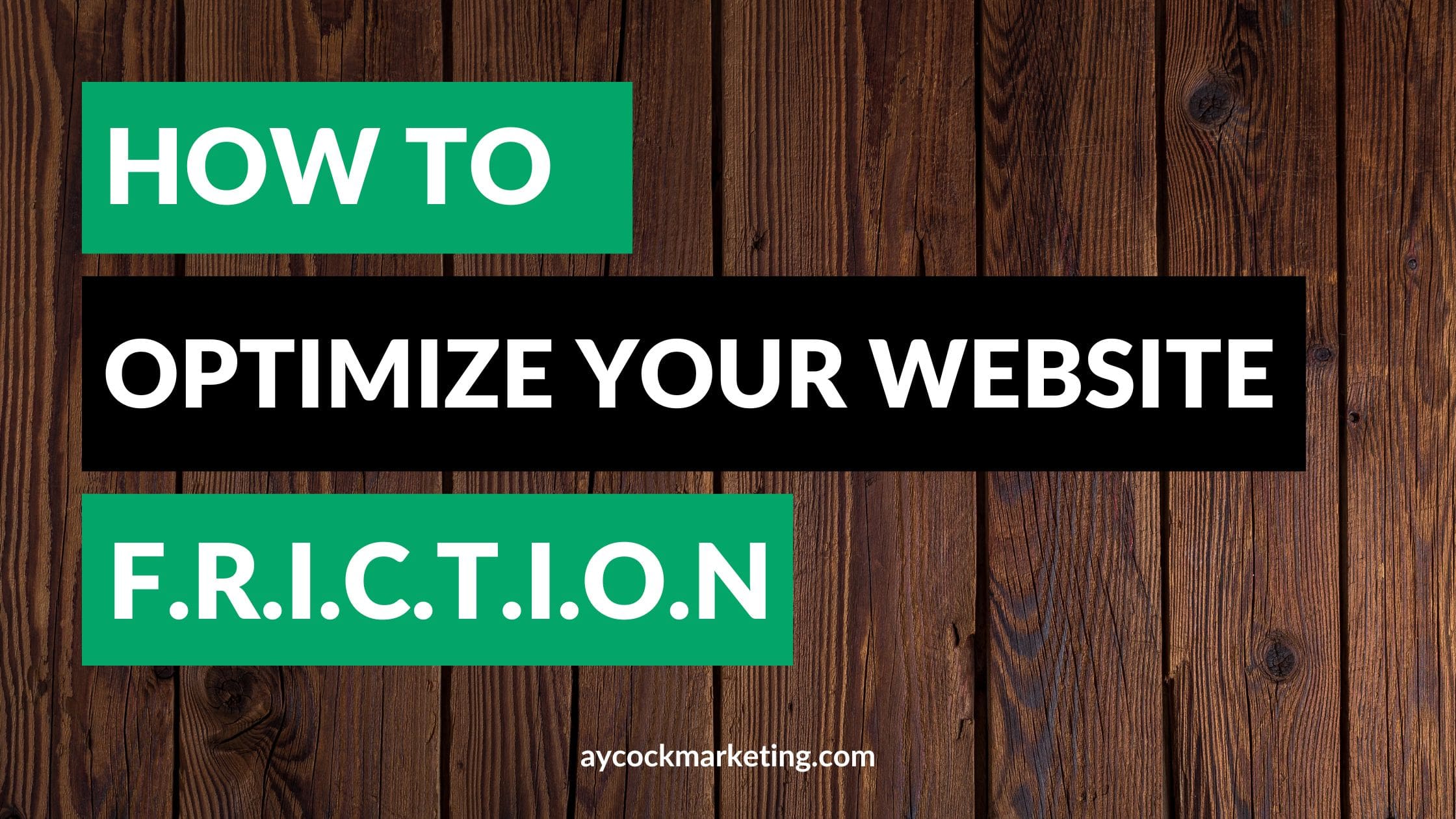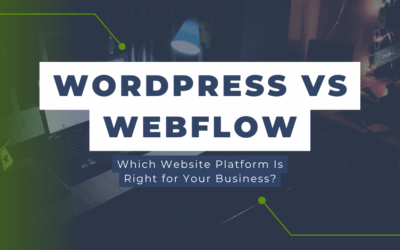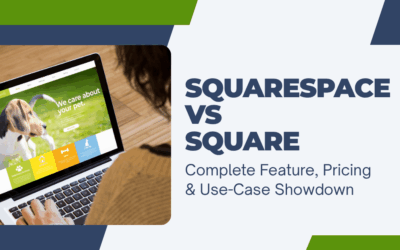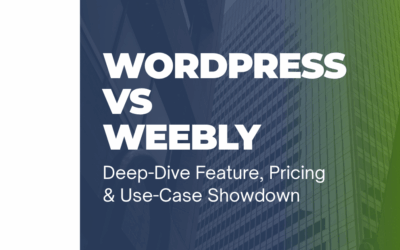A landing page can make or break the success of your online business. In this blog post, we’ll explore the FRICTION framework, a powerful tool to optimize your landing page for better conversion rates. Let’s dive in!
Form Length
Forms are a critical component of any landing page. However, longer forms can be overwhelming and discourage visitors from filling them out. To reduce form length, start by eliminating unnecessary fields. For example, if you’re not shipping any physical products, skip the address field. Another useful tip is to use smart form fields that adjust to the visitor’s input, reducing the need for redundant fields. Remember, the goal is to create a seamless and effortless experience for your visitors.
Here are some points to consider:
- People are easily deterred by long forms: When a form is too long, visitors may feel overwhelmed or frustrated and abandon it before completing it. According to a study by HubSpot, conversion rates drop by almost 50% when a form has four or more fields compared to forms with only three fields. So, keeping your form short and simple can increase the likelihood of visitors completing it.
- Prioritize essential fields: When designing your form, prioritize the essential fields that you need to gather the necessary information. Eliminate any non-essential fields that may increase the form’s length. For example, if you’re collecting leads, consider asking for only the name, email address, and phone number. You can always follow up with more questions later.
- Consider using smart forms: Smart forms use conditional logic to show or hide fields based on the user’s input, reducing the number of fields shown at any given time. This approach can make the form seem less daunting and easier to complete, increasing the chances of conversion. Moreover, smart forms also allow you to customize the questions based on the user’s previous answers, making the process more engaging for the user.
Responsiveness
Did you know that more than half of all internet traffic comes from mobile devices? That’s why it’s essential to optimize your landing page for all devices. A responsive design ensures that your landing page looks great and functions well on any device, from a tiny smartphone screen to a massive desktop monitor. You can use tools like Google’s Mobile-Friendly Test to check the responsiveness of your landing page and identify areas for improvement.
Key points to know:
- Mobile traffic is crucial: In recent years, mobile traffic has surpassed desktop traffic, and it continues to grow. With so many users accessing websites on their mobile devices, it’s essential to ensure that your landing page is optimized for mobile. A responsive landing page will adjust its layout and content to fit the screen size of the device the user is accessing it from.
- Slow loading times can harm conversion rates: Slow loading times can lead to a poor user experience and decreased conversion rates. A study by Google found that the probability of bounce increases by 32% when a page load time goes from 1 second to 3 seconds. Therefore, it’s important to optimize your landing page’s load time to ensure that visitors can access it quickly and efficiently.
- Test your landing page on different devices: To ensure that your landing page is responsive, it’s essential to test it on various devices, including smartphones, tablets, and desktops. This will give you a better idea of how your landing page appears and functions on different screen sizes and resolutions. It’s also important to use tools like Google’s Mobile-Friendly Test to check if your page meets the necessary criteria for mobile optimization. By testing your landing page regularly, you can identify and fix any issues that may arise and improve the user experience.
Images
Images can have a significant impact on the effectiveness of your landing page. Use images that are high-quality and relevant to your message. Avoid generic stock photos that have nothing to do with your product or service. If you’re selling a physical product, include multiple product shots from different angles. Additionally, you can use images to break up long sections of text and create a visually engaging experience for your visitors.
- Images should be relevant: The images you use on your landing page should be relevant to the content and offer you’re presenting. Relevant images can help visitors understand your message better and increase engagement with your landing page. For example, if you’re offering a product, use images that showcase the product’s features, benefits, and usage.
- High-quality images can increase credibility: High-quality images can help establish credibility and professionalism. Low-resolution or pixelated images can give the impression of a low-quality website, which can lead to decreased trust and conversions. Using high-quality images that are clear and visually appealing can make your landing page look more professional and reliable.
- Use images strategically: The placement and size of images can affect the user’s attention and engagement. For example, using an image that’s too large can distract visitors from the message you’re trying to convey, while placing an image in a prominent location can draw the user’s attention to it. Consider using images to break up long blocks of text or highlight important sections of your landing page. Also, consider using images that show people using or interacting with your product or service, as this can help visitors visualize themselves using it, which can increase the chances of conversion.
Clarity
Clarity is crucial for effective communication on your landing page. Your visitors should be able to understand your message and value proposition quickly. To achieve clarity, use concise language and avoid jargon or technical terms. Additionally, make sure your page’s design is clean and uncluttered, with plenty of white space. Remember, you only have a few seconds to grab your visitor’s attention, so make every word count.
- Be clear and concise: Clear and concise messaging is critical for improving your landing page’s clarity. Make sure your message is straightforward, easy to understand, and communicates the value proposition effectively. The 7-part StoryBrand framework, developed by Donald Miller, can be an effective tool to help you clarify your message and present it in a way that resonates with your audience.
- Focus on the customer’s pain points: Your messaging should focus on the customer’s pain points and how your product or service can help solve them. By presenting your offer as a solution to a specific problem, you can make your message more relevant and compelling to your target audience.
- Use simple language: Avoid using jargon, technical terms, or complex language that may confuse or overwhelm your visitors. Use simple, conversational language that speaks directly to your target audience and resonates with their needs and desires. The StoryBrand framework emphasizes the use of simple and clear language to communicate your message effectively.
The 7-part StoryBrand framework includes the following elements:
- A character with a problem
- The problem is not resolved
- The character meets a guide
- The guide provides a plan
- The character takes action
- The action results in success
- The success is shared
By incorporating these elements into your messaging, you can create a clear and compelling story that resonates with your audience and motivates them to take action. The framework can be applied to your landing page messaging, as well as other marketing materials, to improve your overall messaging and CRO.
Trustworthiness
Building trust with your visitors is essential for a successful landing page. Use social proof, such as customer reviews or ratings, to showcase your credibility. Additionally, include trust badges, such as SSL certificates or security logos, to assure visitors that their information is secure. If you’re offering a money-back guarantee, make sure it’s prominently displayed on the page.
Ways to be more trustworthy on your website or landing page:
- Use social proof: Social proof is a powerful tool for building trust with your visitors. Social proof can include customer reviews, testimonials, ratings, and trust badges. By showcasing positive feedback from satisfied customers, you can demonstrate that your product or service is reliable and trustworthy, which can help increase conversions.
- Be transparent: Transparency is key to building trust with your visitors. Be open and honest about your product or service, including its features, benefits, pricing, and any potential limitations. Also, make it easy for visitors to find your contact information, such as your phone number or email address, so they can reach out to you with any questions or concerns.
- Ensure your website is secure: Website security is a critical factor for building trust with your visitors, especially if you’re handling sensitive information such as payment details. Make sure your website uses HTTPS encryption, which encrypts data and helps prevent hacking and data theft. You can also display trust badges or security seals to reassure visitors that your website is secure.
Overall, building trust with your visitors is essential for improving your conversion rate. By using social proof, being transparent, and ensuring website security, you can demonstrate reliability and establish a positive reputation, which can increase the likelihood of visitors taking action and becoming customers.
Information Overload
Information overload can be a significant barrier to conversion. Too much information can be overwhelming and cause visitors to leave the page. To avoid information overload, focus on the most critical information and prioritize it on the page. Additionally, use short paragraphs and bullet points to break up long sections of text. Remember, less is often more when it comes to landing pages.
Here are some ways to avoid and overcome information overload:
- Prioritize the most important information: When designing your landing page or website, prioritize the most important information that your visitors need to know. Focus on communicating your unique value proposition, your product or service features, and your call-to-action. Avoid overwhelming your visitors with too much information or distracting elements that could take away from the main message.
- Use white space: White space refers to the empty space on your landing page or website. By using white space effectively, you can create a clean, uncluttered design that helps visitors focus on the most important information. Avoid cramming too much information onto a single page or using small fonts that could make the content appear cramped or overwhelming.
- Break up information into smaller chunks: Instead of presenting a large block of text or information, break it up into smaller chunks that are easier to digest. Use headlines, subheadings, bullet points, and images to help organize the information and make it more scannable. This approach can help visitors quickly find the information they need and avoid feeling overwhelmed by a wall of text.
By prioritizing the most important information, using white space effectively, and breaking up information into smaller chunks, you can overcome information overload and improve the user experience on your landing page or website. This, in turn, can increase the likelihood of visitors taking action and becoming customers.
Offer
Your offer is the centerpiece of your landing page. Make sure it’s compelling and relevant to your target audience. For example, if you’re selling a software product, highlight its unique features and benefits. Additionally, use persuasive language and create a sense of urgency by including a limited-time offer or countdown timer. Remember, your offer should provide real value to your visitors.
Here are some helpful tips for crafting a unique offer:
- Identify your unique selling proposition (USP): Your USP is what sets your product or service apart from your competitors. It’s the unique benefit or advantage that only you can offer. To identify your USP, think about what makes your product or service different, better, or more valuable than what your competitors are offering. Use this USP as the foundation for your offer.
- Focus on solving your customers’ problems: Your offer should address the pain points and challenges that your target audience is facing. By focusing on solving their problems, you can create a valuable offer that meets their needs and helps them achieve their goals. Research your target audience’s needs, preferences, and pain points to create an offer that resonates with them.
- Offer a clear and compelling value proposition: Your value proposition is the promise of the value that your product or service will deliver to your customers. It should be clear, concise, and easy to understand. To create a compelling value proposition, think about the benefits that your offer provides, such as time savings, cost savings, increased productivity, or improved quality of life. Use this value proposition to differentiate your offer from your competitors and emphasize the unique benefits that your product or service provides.
Navigation
Finally, navigation is critical for guiding visitors to take action on your landing page. Use a clear and intuitive layout that directs visitors towards your desired conversion action. Make sure your navigation menu is easy to find and use. Additionally, use clear and action-oriented language for your call-to-action buttons. Remember, the goal is to create a seamless and effortless experience for your visitors.
- Keep navigation simple and focused: When designing your website or landing page, keep the navigation simple and focused. Avoid cluttering the page with too many options or links that can distract visitors from your conversion goal. Use clear and descriptive labels for your navigation links, and place them in a prominent location where visitors can easily find them.
- Keep navigation concise and relevant: When designing your website or landing page, keep the navigation concise and relevant. Include only the most important links that visitors need to find their way around your site or reach your conversion goal. Use clear and descriptive labels for your navigation links, and place them in a prominent location where visitors can easily find them. Avoid using dropdown menus or nested navigation, as they can make it harder for visitors to find what they are looking for.
- Avoid navigation on paid ad landing pages: If you are running traffic to a paid ad landing page, it’s best to avoid navigation altogether. The purpose of a landing page is to focus your visitors’ attention on your conversion goal, whether that’s to fill out a form, make a purchase, or sign up for a free trial. Including navigation links can distract visitors from your conversion goal and lead to a lower conversion rate. Instead, create a dedicated landing page with a clear and compelling call to action and no navigation links.
Conclusion
Optimizing your landing page is a continuous process that requires constant monitoring and tweaking. However, by using the FRICTION framework, you have a powerful tool to identify areas of improvement and make data-driven decisions to optimize your landing page for better conversion rates. By reducing form length, improving responsiveness, using high-quality images, achieving clarity, building trust, avoiding information overload, creating compelling offers, and optimizing navigation, you can create a landing page that converts visitors into customers. Remember to test and track the performance of your landing page regularly and make adjustments as needed to ensure your landing page is always performing at its best. Good luck!




